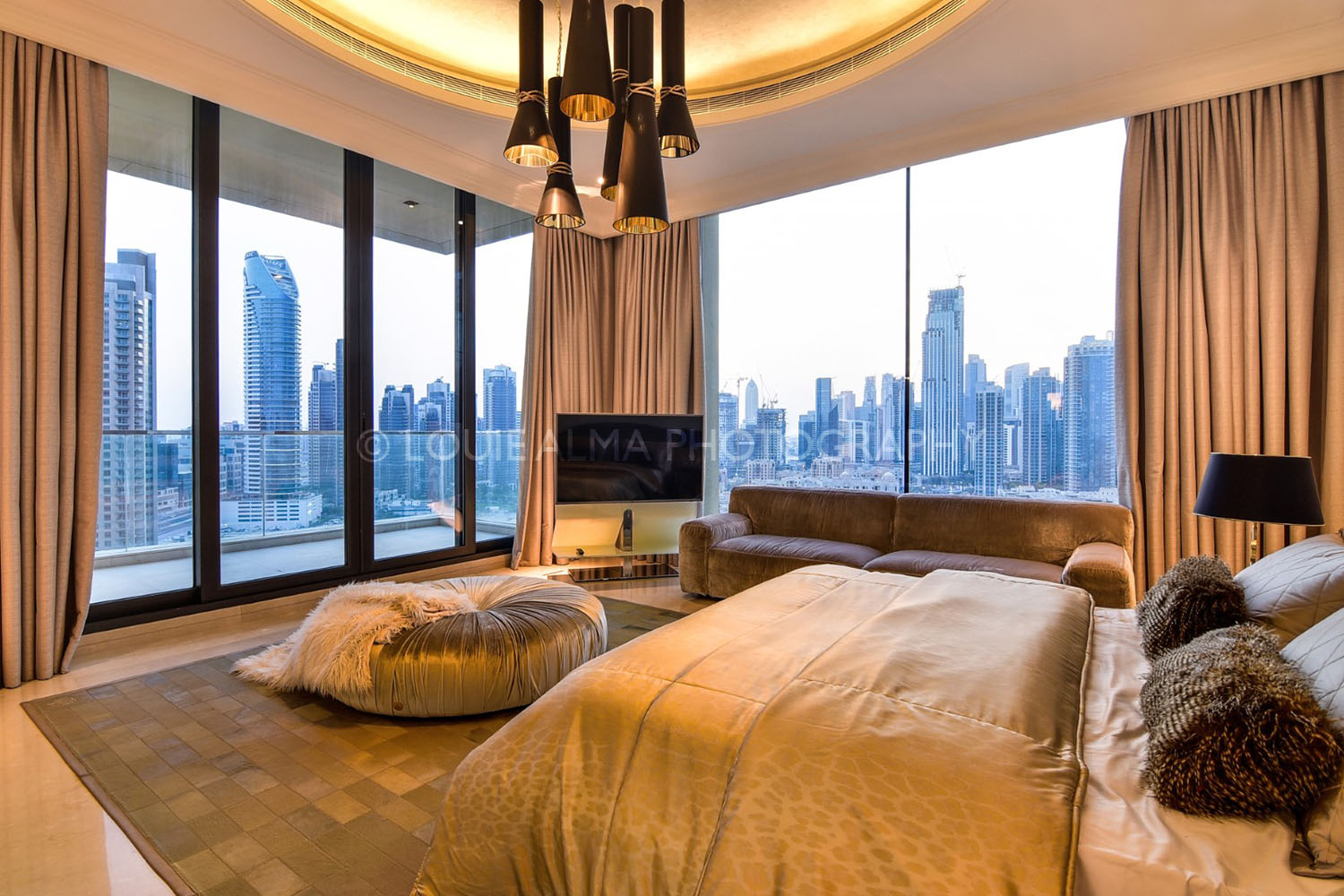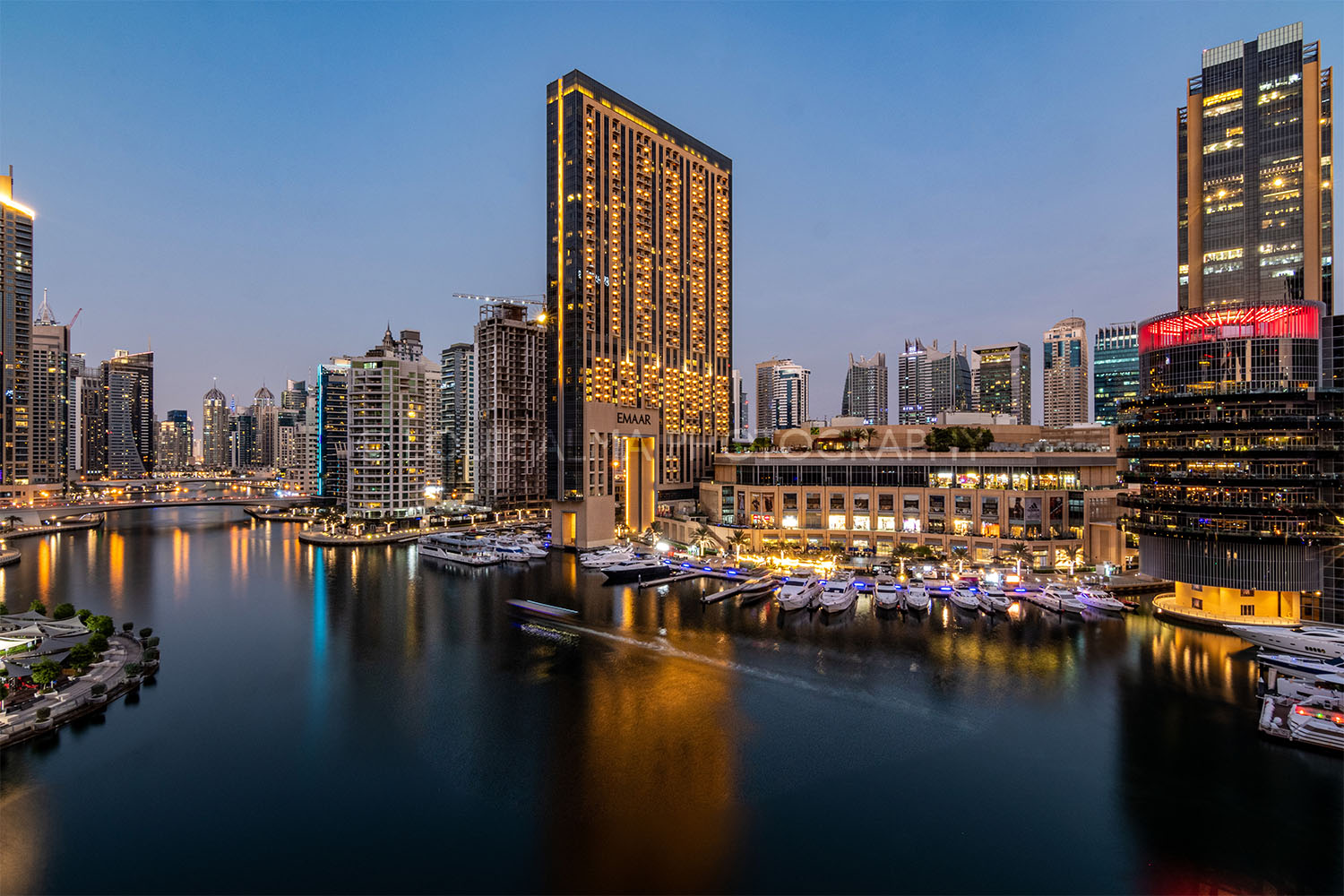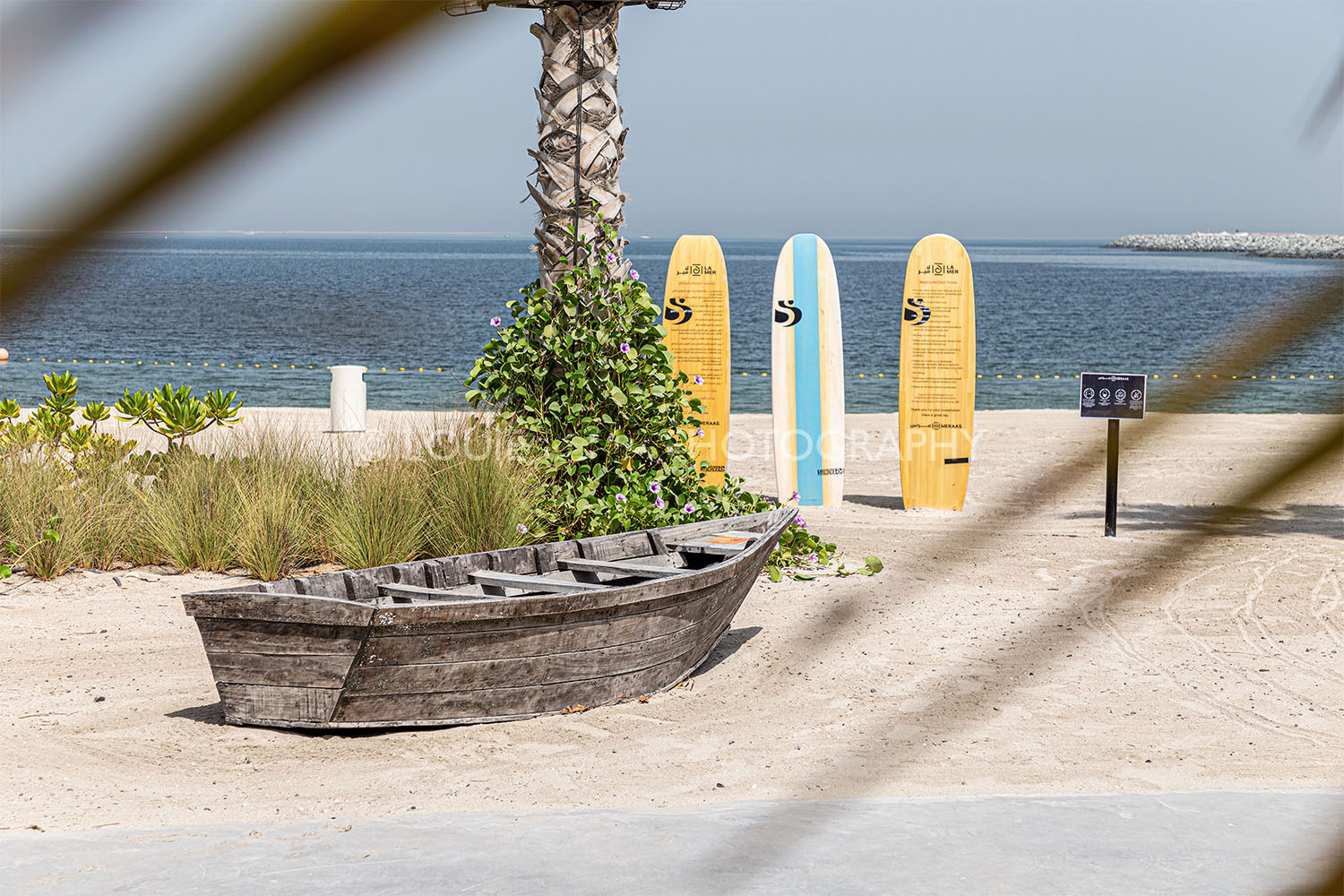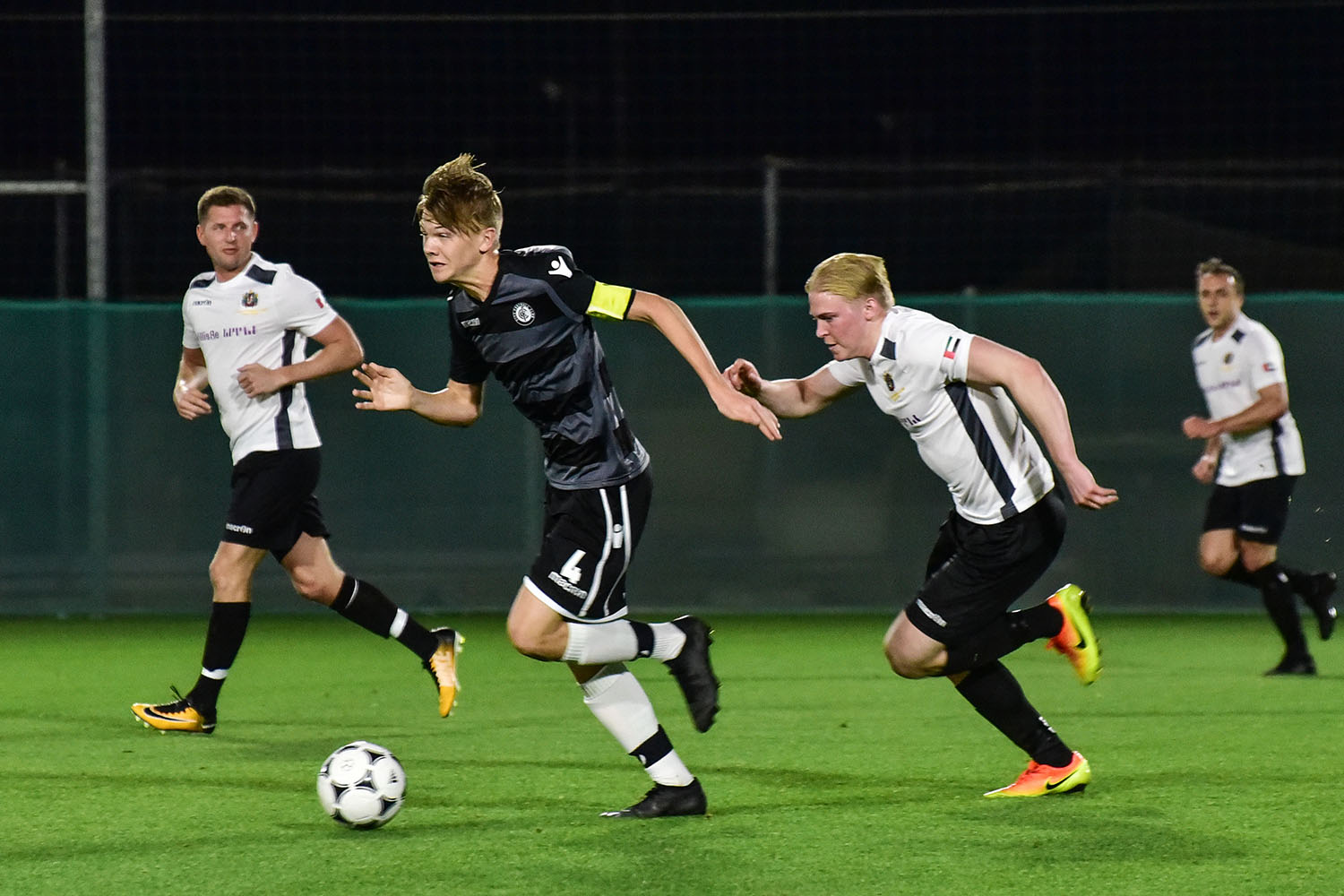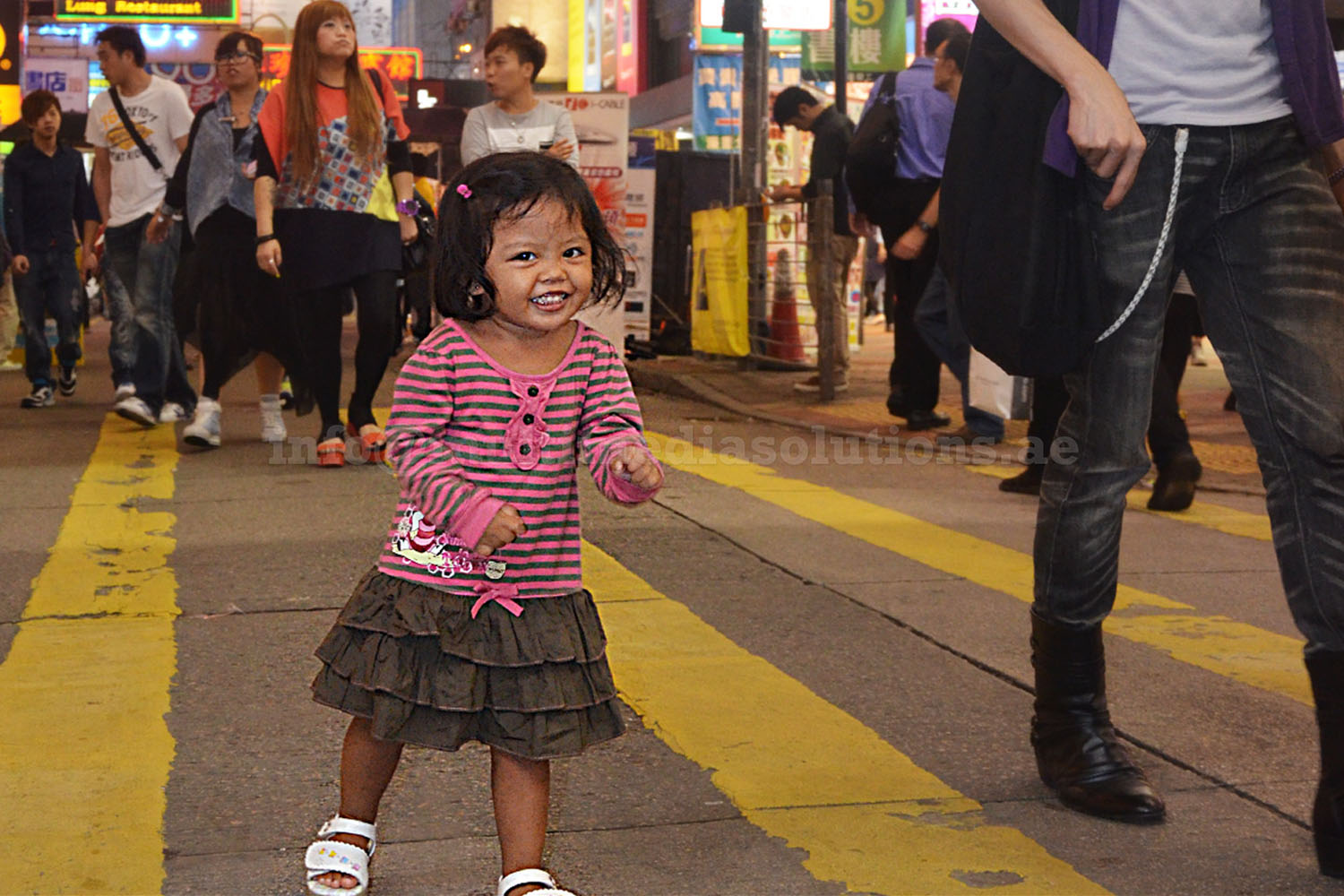HFTP Announces 2025 Paragon Award Recipient – Chris Garland
Christopher Garland was selected as the 2025 Hospitality Financial and Technology Professionals (HFTP®) Paragon Award recipient for his significant contribution in guiding industry professionals in financial reporting for hotel companies through leadership roles with the association. Garland is an active participant in the Global Finance Committee (GFC), the group behind the recently-released 12th revision of the Uniform System of Accounts for the Lodging Industry. Garland will be recognized at the upcoming HFTP Annual Convention on October 22 at the Rosen Centre Hotel in Orlando, Fla.
“I am truly honored to receive the Paragon award from HFTP,” said Garland. “Following in the footsteps of hospitality legends is humbling and I am grateful for this recognition.”
“I am truly honored to receive the Paragon award from HFTP,” said Garland. “Following in the footsteps of hospitality legends is humbling and I am grateful for this recognition.”



